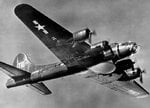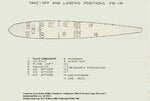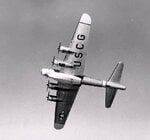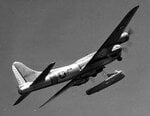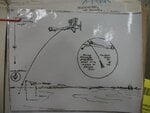pinehilljoe
Staff Sergeant
- 876
- May 1, 2016
I'm watching more movies with social distancing. The James Bond movie Thunderball finale uses a B-17 with the Fulton Recovery System. I had forgotten that part of the movie. I had to rewind a couple times to view.
Thunderball is the movie with the AVRO Vulcan V-Bomber as one of the stars.
Evergreen's B-17, James Bond, and the Fulton Recovery System -July 19, 2014 | Robert Novell
Thunderball is the movie with the AVRO Vulcan V-Bomber as one of the stars.
Evergreen's B-17, James Bond, and the Fulton Recovery System -July 19, 2014 | Robert Novell


